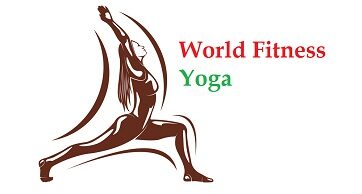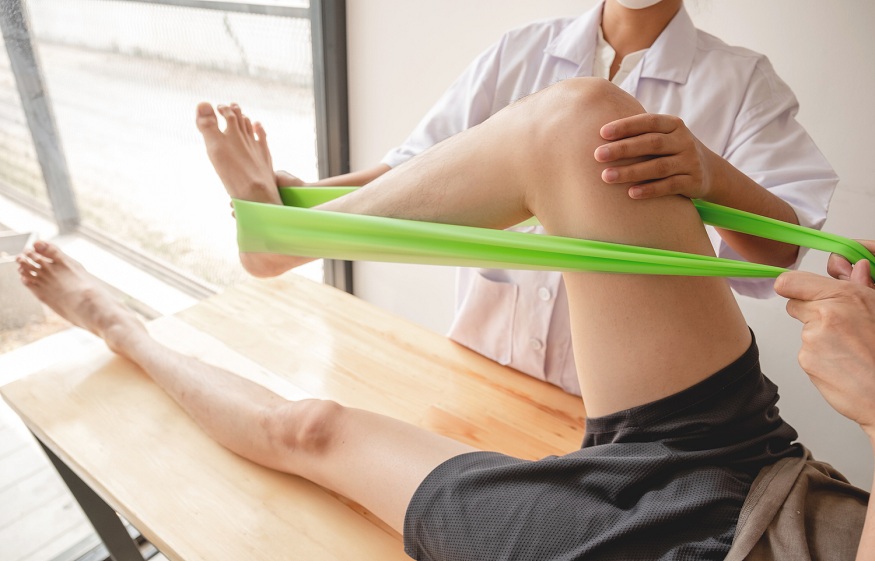Knee pain can affect people of all ages and both sedentary and athletic people. Treating and preventing them can be complex because there can be multiple possible causes of knee pain: spontaneous, degenerative, congenital, behavioral or even environmental.
These pains can be awfully constricting because we use our knees every day to move from place to place.
Tools to help you!
We therefore present a series of exercises to prevent or reduce your knee pain. These exercises are based on several anatomical and biomechanical principles and will help you maintain good joint health.
They are based on my university training as a kinesiologist and physiotherapist , on the recommendation of various health professionals and on my professional practice in the clinic.
Does obesity play a role in knee health? :
Developing good lifestyle habits is essential for optimal health. Obesity is a real scourge in North America and this disease must be taken seriously more than ever. It causes a myriad of health problems and affects more than a third of the world’s population.
If the body is overweight for an extended period of time, the load on the knees can become significant enough to create pain and accelerate the development of certain problems such as osteoarthritis.
It is therefore essential to maintain a healthy weight in the prevention and reduction of knee pain.
A healthy diet prioritizes eating a variety of foods that are as unprocessed as possible, an abundance of different fruits and vegetables, and cooking often. Paying attention to what you ingest is an effective way to reduce or prevent many problems.
How to progress with this exercise program?
To prevent pain, it is recommended to start with stretching exercises that will soften the muscles and tissues surrounding the joint. They will also help you regain optimal mobility.
Muscles that have been shortened for too long while sitting are greatly relieved by stretching. Stretching also allows you to regain good postural alignment.
Then the mobility
Quickly, you will be able to integrate the basic exercises that will put the joint in a vacuum to release and decompress the joint with gravity. These exercises are easy to perform.
They stimulate the joint in its range of motion and preserve its natural mechanics. They also serve to secrete synovial fluid to nourish and move the joint more fluidly.
At this stage, it is recommended to do the stretching exercises at the end of the routine rather than at the beginning.
Maintaining joint mobility is as important for your everyday activities as it is for your athletic performance.
Continue with reinforcement
Over the weeks, when the exercises have been well integrated, you can gradually add the advanced exercises with a little more weight.
As the knee is a weight-bearing joint, it is essential that it is able to support your weight and that its muscles are strong.
Reinforcement will allow, among other things, the prevention of injuries and certain degenerative problems due to the aging of the body, such as osteoporosis or sarcopenia.
Greater muscle strength and power also allows the body to move better, better anticipate and prevent falls and deliver better sports performance.
Avoid the pain
Take note that you should not feel any sharp pain while performing the exercises. Also pay attention to your sensations after exercising to identify whether the pain is increasing or decreasing.
If the pain increases while performing the exercise, stop doing it and consult a medical professional to understand what is happening.
And if you are apprehensive about starting an exercise program or have any questions, don’t hesitate to make an appointment with Tele Kinesiology . You will be able to obtain personalized support in the comfort of your home.
Step 1: stretching exercises
To maximize the benefits of stretching and avoid injury, follow these tips
Stretches are slow movements that seek to lengthen the muscle or other tissues crossing a joint. Once the tissues are stretched you will feel a slight tension, just hold this position.
It is useless to force to stretch the muscle as much as possible. Once you feel slight tension, hold the position for 30 seconds.
Stand in front of a stool with your back straight.
Grasp the ankle on the same side (as the hand holding the chair) with the free hand, in order to bring the foot towards the buttock, until you .
Hold the stretch while keeping your lower back straight.
Step your feet about a meter away from the wall and place one leg behind the other and lean your body forward without bending your back knee until you feel a comfortable stretch in your back calf.

